Blog, Destinations, Peru, South America
Salkantay Trek vs Inca Trail: Which Hike Should You Choose?
Last updated on July 29th, 2024 at 05:00 pm
The Inca Trail to Machu Picchu is one of the most famous treks in the world. People travel from all parts of the world to complete this bucket list trek and see one of the seven wonders of the world. And I was no different. When I was looking for reputable companies to complete this bucket list trek, I stumbled upon alternative treks, including the Salkantay Trek. This alternative option also came highly recommended by friends who had completed it. My personal Salkantay Trek vs Inca Trail debate lasted a few weeks. I went back and forth multiple times, considering various pros and cons to each trek. I mean, I am traveling all the way to Peru for this, I should do it right with the famous Inca Trail? Or maybe it doesn’t really matter and I should do something different? Ultimately, I decided on the 5 days 4 nights Salkantay Trek to Machu Picchu with the company, Salkantay Trekking and I am so glad I did! The experience was difficult, amazing, exhausting, and exhilarating all at the same time. But, without knowing what a humbling experience the trek would be, I had to first weigh the pros and cons of each trek option. And here are the reasons why I chose the Salkantay Trek instead of the Inca Trail.
This post contains affiliate links, which means that, at no additional cost to you, I will earn a tiny bit of income if you decide to make a purchase or booking.
peru travel resources
- Book your flight to Peru with Omio
- Get reliable travel insurance with World Nomads
- Find awesome accommodation with booking.com or Hostelworld
- Want to add guided tours to your itinerary? Here are the top 10 tours in Peru
- The best way to see Peru in a week!
- Get the essentials for trip to Peru here: my favorite waterproof booties, this power bank to stay connected, and a reusable water bottle
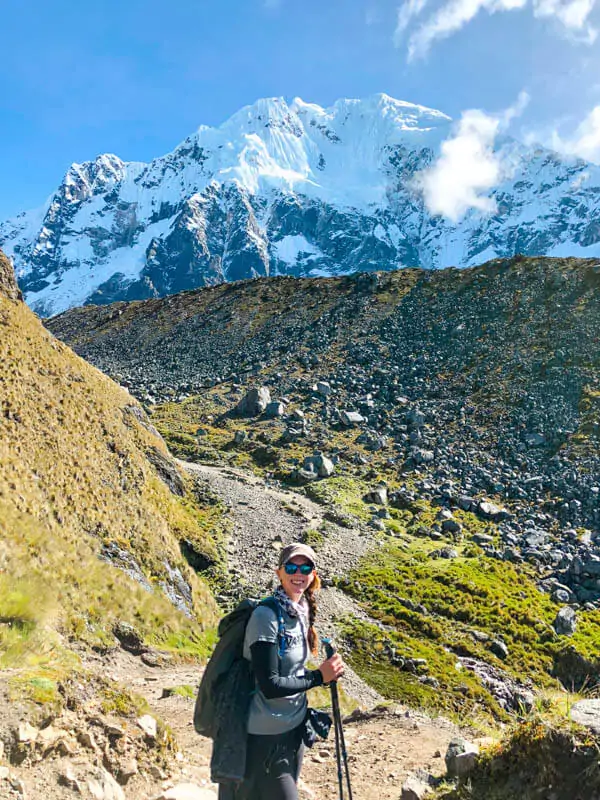
An Overview of the Classic Inca Trail
The world-famous Inca Trail to Machu Picchu is one of the best hikes in South America. You’ll walk the ancient paths to ancient sites that can only be accessed on foot. The starting point of your trek is at the KM 82 trailhead to Llactapata until you reach your first campsite.
The following day, you’ll reach the highest point of the trek through Dead Woman’s Pass (Warmi Wañusca Pass), where you’ll have amazing views and visit historical sites of the Inca Empire.
On the third day, the trek enters the lush cloud forest, Wiñay Wayna archaeological site, and the last night of the trek!
Rise early on the final day to hike through the Sun Gate and get your first glimpse of the magical Machu Picchu.
- A 4-day/3-night trek (there are other options for shorter treks)
- The highest point of the trek is 4,215 meters or 13,828 feet at Dead Woman’s Pass
- Visit multiple Inca ruins of historical significance along the way
- Walk through the Sun Gate (Inti Punku) at sunrise for the first glimpse of Machu Picchu at sunrise
- Inca Trail permits are required
- The total distance is 43 km or 26 miles
An Overview of the Salkantay Trek
The Salkantay Trek to Machu Picchu is a thrilling 5-day adventure through the Peruvian Andes, offering a diverse and less-crowded alternative to the Inca Trail. On day 1, your tour guide will pick you up in the wee hours of the morning and drive you a few hours to the village of Mollepata. You’ll hike for a few hours (the easiest of the days) and reach the Skycamp by lunch. After lunch, you’ll hike to Huamantay Lake and spend the night in the Sky Camp domes.
The next day, the trek ascends to the breathtaking Salkantay Pass at 15,200 feet, providing stunning views of snow-capped peaks. After the Salkantay Pass, the trail descends through lush cloud forests before reaching camp.
On the third day, the hike continues through the tropical jungle and includes a visit to one of the many coffee plantations and a night relaxing in the hot springs. The next morning, you’ll hike to the ancient ruins of Llactapata and enjoy spectacular views across the valley to Machu Picchu.
You’ll then spend the night in Aguas Calientes to rest up for the final day, visiting the UNESCO World Heritage Site: Machu Picchu Inca Citadel.
You have the morning to explore Machu Picchu, perhaps hiking Machu Picchu Mountain or Wayna Picchu, then return to Aguas Calientes to take the train back to Ollantaytambo and private transportation to Cusco.
- A 5-day/4-night trek (there are other options for shorter or longer treks)
- The highest point of the trek is 4630 meters or 15,190 feet at the Salkantay Pass
- Includes a hike to glacial lakes like Humantay Lake, a night relaxing in hot springs, and Inca sites
- Permit required for entrance to the Salkantay Sanctuary
- The total distance is 50 km or 31 miles
Which Hike to Machu Picchu is the Best Option for You?
1. Trail Popularity
The Inca Trail is one of the Top 5 hikes in the world and even though there are alternative trekking options to reach Machu Picchu, many people won’t take them. People want to do the Inca Trail. It’s a dream for many. Due to its popularity, the Peruvian Government instituted daily limits on how many people can hike the trail each day (including tour guides and porters). This makes permits incredibly difficult to get and requires booking the trail months in advance.
The Salkantay Trek, on the other hand, is less popular. People may not travel from around the world just to do this trek as they would the Inca Trail. At this point (2019), no permits are required to hike the Salkantay Trek to Machu Picchu. This means you could show up in Cusco and book it just a few days in advance (although in peak season, I don’t recommend this!).
For those travelers who only have a fixed amount of vacation time and know when they can travel to Peru, booking months in advance may not be an issue. But for the backpacker who shows up in Cusco hoping to hike the 4-day Inca trail, it will likely not be an option.
So, the Salkantay Trek would be more accessible but no less challenging or rewarding. This also means that there will be fewer crowds along the trail, allowing you to really soak in its natural beauty.
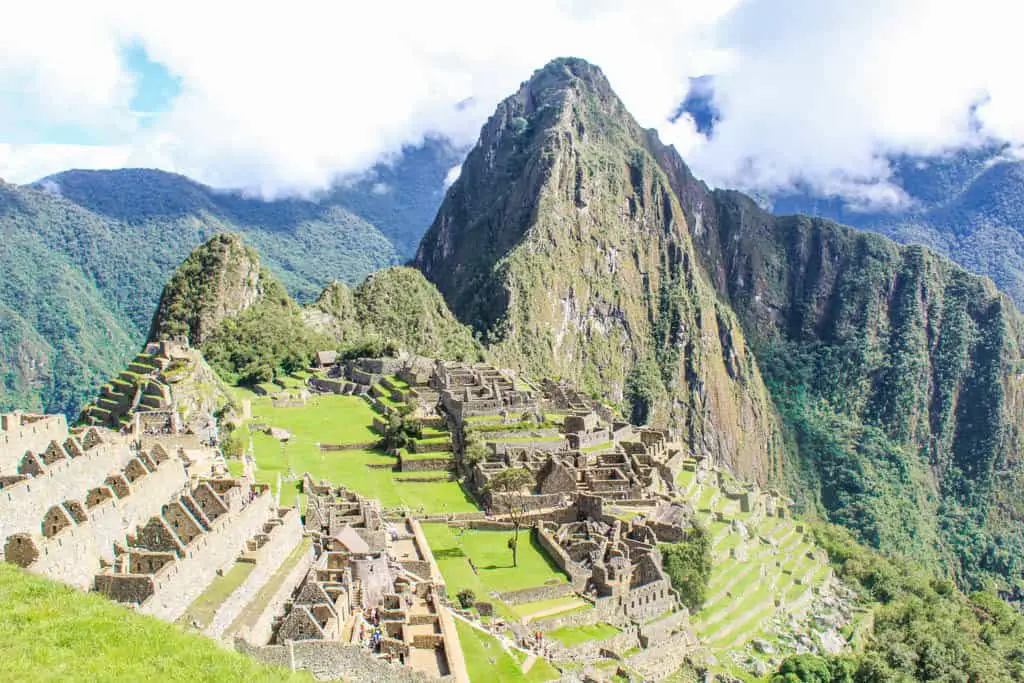
2. Trail Cost
I don’t want to compare the prices of these two treks between tour operators as offerings may differ. However, the company I booked with for the Salkantay Trek, aptly named Salkantay Trekking, also provides Inca Trail treks.
The classic 4-day, 3-night Inca Trail starts at $700, whereas the 5-day, 4-night Salkantay Trek starts at $450. (These prices are always subject to change. Be sure to check the website for the most up-to-date information!).
The Salkantay Trekking website breaks down what is included in each option. No matter which company you choose to book with or the trek you choose, a few things should be included in the price.
- Any necessary permits. Ensure that your tour price includes the cost of the Inca Trail permit. The tour company should secure this for you.
- Entrance Ticket to Machu Picchu
- Accommodations – whether that’s tents or Skydomes. Also, be sure to note if a sleeping & duffel bag is included.
- Meals & filtered water
- Pick up from your accommodation in Cusco
- Return train ticket (& bus) from Aguas Calientes to Cusco
- Fair wages for the Porters
Items that are typically not included in the price
- Ticket to hike Machu Picchu Mountain or Huayna Picchu (although you should be able to pay for this through the tour company)
- Additional hiking gear such as walking sticks. Typically available for rent.
- Tips
- Lunch and dinner on the last day of the trek
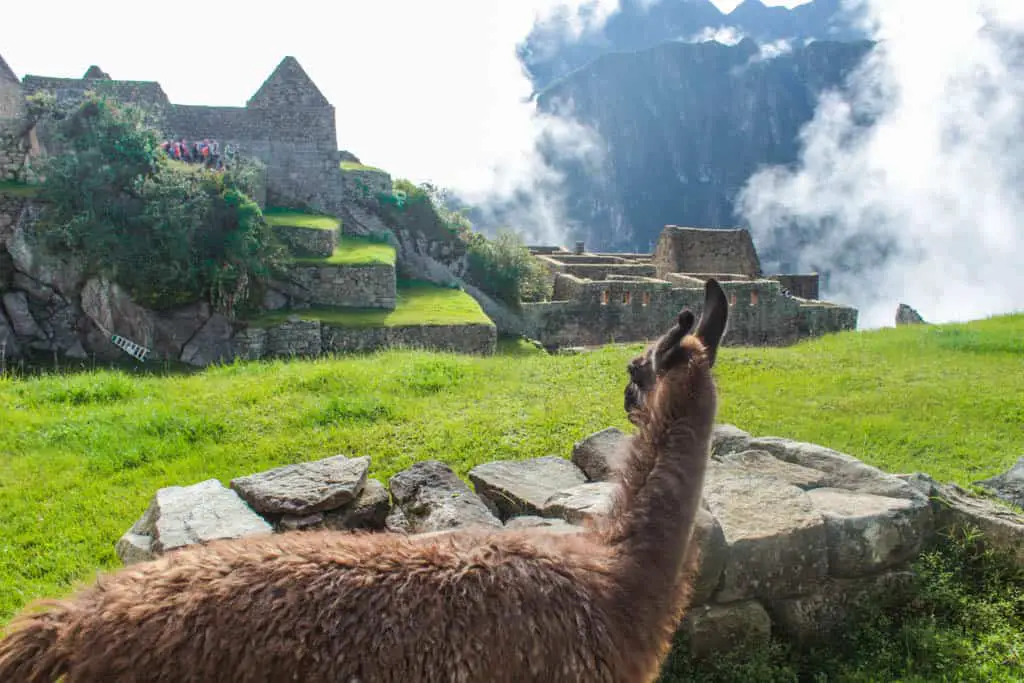
3. Use of Porters or Donkeys
In all of my research, I kept reading about the poor treatment of Inca Trail porters. The porters are loaded up with the guests’ duffel bags and walk to the campsite in advance of the group. It sounded incredibly physically demanding, and I was unclear about their compensation. I believe that the government recently took notice of this, and the treatment of the porters is improving. However, it still made me feel uncomfortable.
Salkantay Trekking utilized donkeys to carry the bags and food from campsite to campsite. I am all for animal welfare in tourism as well, but to be honest, humans more. So it made me feel more comfortable using a donkey instead of a human to carry the bags. Side note: They took excellent care of the donkeys and did not rush them or overload them with items to carry.
If neither of these options appeals to you, there is a third option: You could hike the Salkantay Trek independently.

4. Independent Trekking or Group Trekking
There are strict regulations against hiking the Inca Trail without a guide. Private guides might be available, or you might get lucky and have a small group, but you won’t be able to do it alone.
The Salkantay Trek, however, you can hike without a guide. I saw many people doing this while I was hiking it. There are various lodgings along the way if camping is not your style.
However, this does present additional challenges. You’ll need to be prepared with plenty of food and water for the trek. You’ll need to know how you handle the high altitude and carry emergency equipment. Additionally, you’ll need to plan your Salkantay route and understand how long each day will take you to walk. I wouldn’t recommend this trek as your first multi-day hike attempt.
Having knowledgeable guides not only taught me about the significance and history of the area, but also ensured our safety as we navigated the trek.
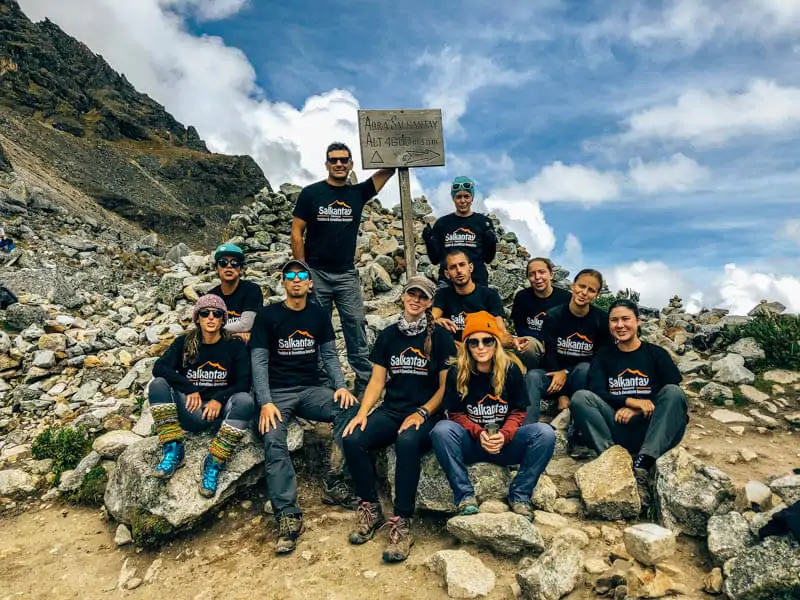
5. Landscapes or Ancient Ruins
One of the major pros of the Inca Trail is that you also get to see various archaeological sites along the way. I think the ruins are beautiful and interesting, but I planned to see many in the Sacred Valley before the Machu Picchu trek. I believed that by the time I reached Machu Picchu, I’d be “ruined out”.
The Salkantay Trek also offers ruins, but it was the promise of stunning natural landscapes that attracted me. On the first day, you’ll hike to the beautiful Humantay Lake, which, after seeing in photos, I had to see for myself. And you sleep under the gaze of the imposing Salkantay Mountain. Additionally, on the final day of the Salkantay Trek, the trek joins a portion of the Inca Trail and there is a visit to Llactapata, a final checkpoint for Machu Picchu. On this day, you also catch the first glimpse of Machu Picchu across the valley, which sounded pretty awesome. I figured I could get the best of both worlds by doing the Salkantay Trek. A few days of beautiful landscapes followed by a few days of history.
Alternatively, you can simply hike to Humantay Lake as a day trip from Cusco and then do the Inca Trail.
Book your day hike to Humantay Lake here.

6. Trail Accommodation
The ultimate deciding factor was lodging. When I looked up Salkantay Trekking on Instagram, I saw their skydomes. They are glass-topped domes that sit just below the snow-capped peaks of the Salkantay Mountain and a starlit sky. So, one can look up and see the entire sky and the mountain when laying in bed. The photos I saw on the inside showed raised beds, a lamp, and outlets. I was sold!
Granted, the second night was tent sleeping, but the third night was in jungle domes similar to the skydomes.
The skydomes and the jungle domes each had outlets which came in super handy because my phone and camera quickly lost battery life as I stopped for photos frequently on the trek. Each of the campsites on the Salkantay Trek also had working restrooms and (cold) showers)
The final night lodging is in a hotel that you share with a fellow trekker. And I’ll tell you what, that hot shower on the final night was A-MAZING. Overall, the Salkantay Trek provided better facilities along the way.
The accommodations along the Inca Trail are more typical of backpacking. You’ll sleep in tents at campsites.

7. Trail Difficulty
Both of these hikes are a physical challenge! However, the Salkantay Trail’s higher altitude and longer distance make it the more challenging of the two. You have to be honest with yourself about your physical abilities to hike either of these treks. I highly recommend spending at least two days in Cusco acclimatizing to the altitude to help prevent any potential altitude sickness.
When I did the Salkantay Trek I was probably in the best shape of my life, had spent two months in Quito prior, and still struggled, especially on the second day (the longest and highest of the days)!
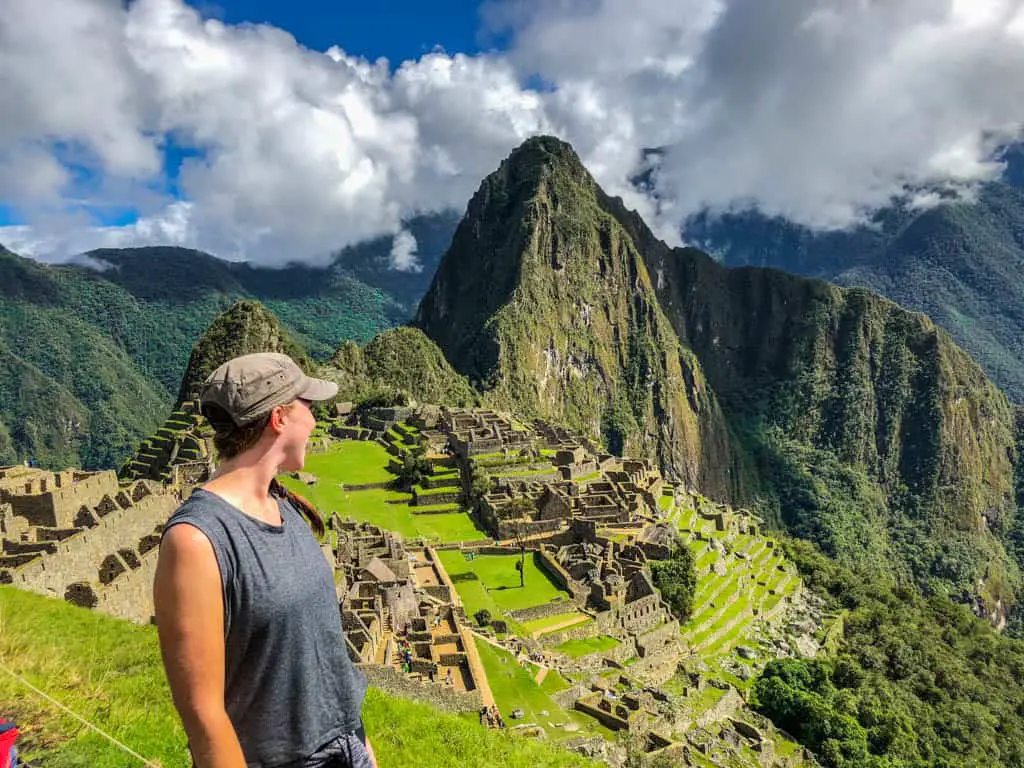
8. The Time of Year
The time of year really shouldn’t influence which trek you do as you’ll be traversing the same climate. However, the best time of year to hike to Machu Picchu is the dry season, May to October. During this time of year, you’ll have the best chance of sunny days and dry trails. This is also the high season, so make sure to book your trek well in advance.
You can do this during the rainy season, which is November to April, as long as you pack appropriately by following my Salkantay Trek packing list. I did this trek in March, and it poured four of the five days on the trail. The weather conditions certainly made the already challenging trek that much harder, but the extra waterfalls were worth it!
Ultimately, I am so glad I decided to do the Salkantay Trek to Machu Picchu. It was a wonderful experience. The guides did not rush us, the food was amazing, the diverse landscapes were out of this world. Machu Picchu is just on another level. But you have to do what’s best for you, your travel style, and your budget. I hope this helped you make an informed decision about the best option for your personal preferences, or at least let you in on my thought process for why I opted out of doing one of the most famous hikes in the world.
Have you ever done the Salkantay trek? Or the Inca Trail? I would love to hear about your experiences with either one!
Like this post? Pin it for later!
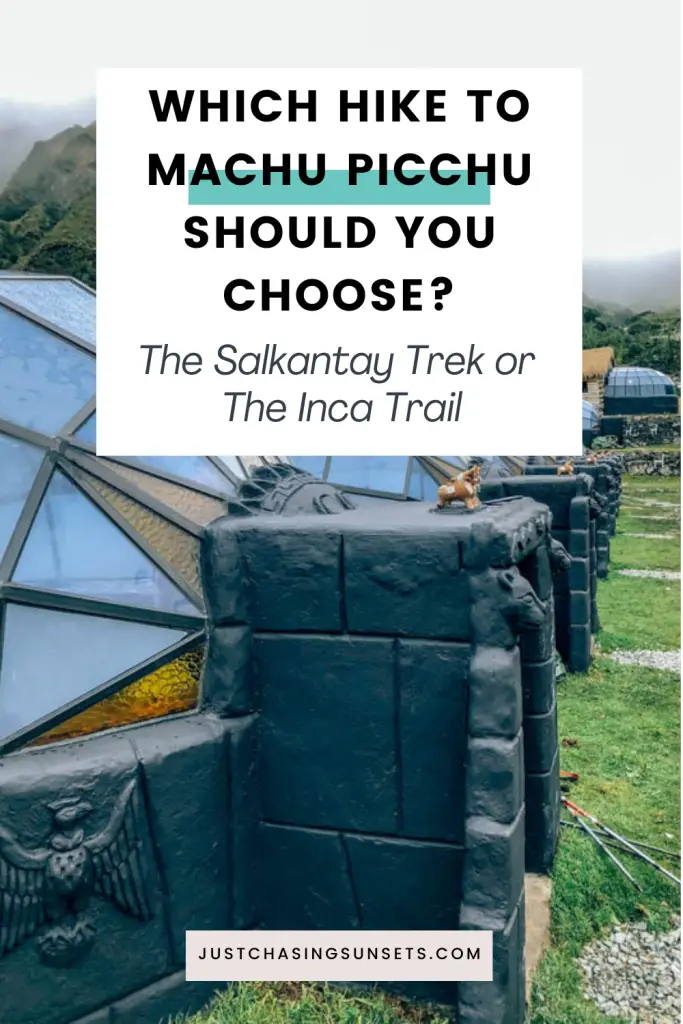
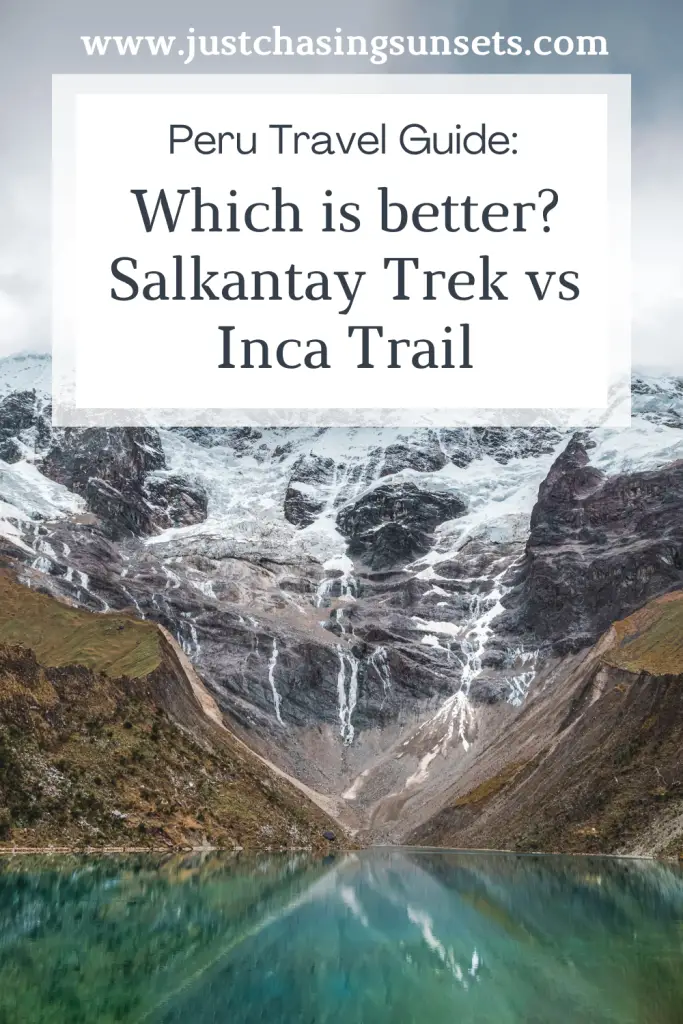
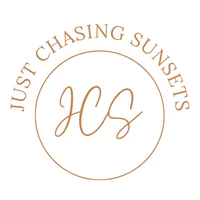
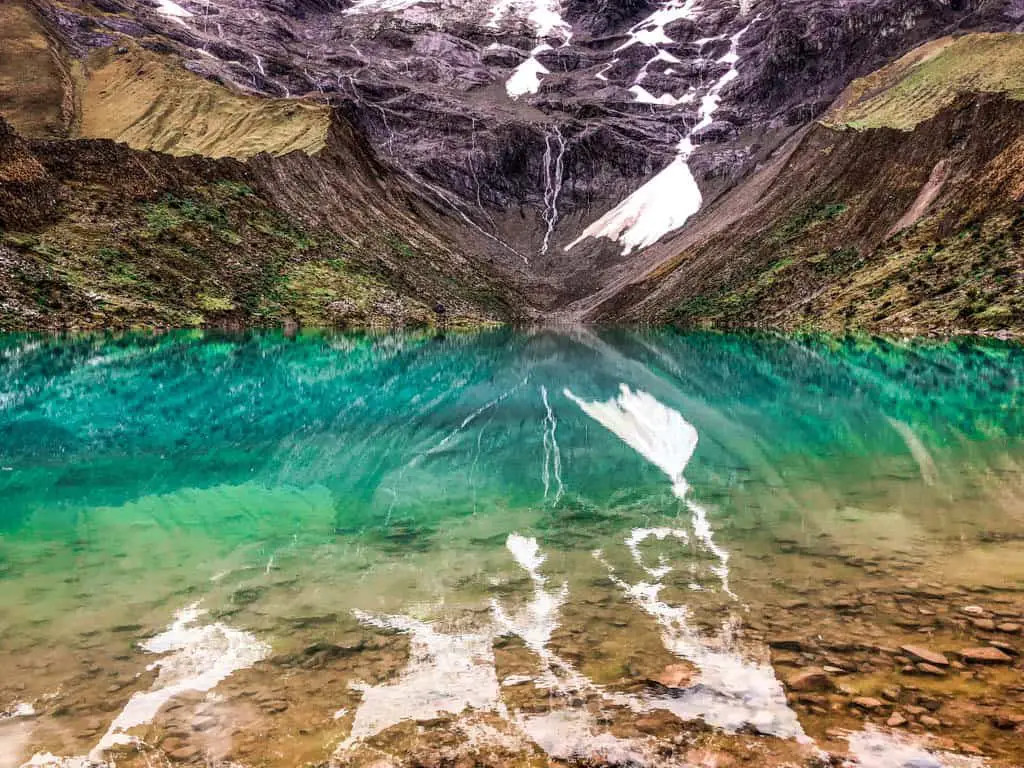
I never really thought about this but I love your rationale. Funny how you prefer using animals over humans, because I’m the complete opposite! haha I’m glad they took good care of the donkeys though and that it was number one on your list 🙂
I know. That was the hardest part for me, because I wanted to make sure the animals were treated well too. Which in the end they were!
I’ve never heard of the Salkantay Trek so thanks for sharing! I think the experience is always more interesting when you have an opportunity to travel a bit off the beaten path from what everyone else is doing. An +100 for more nature 🙂
Completely agree! It was a unique experience. It’s actually a hike many people do without a guide, but I’m glad I had a good group and awesome guides